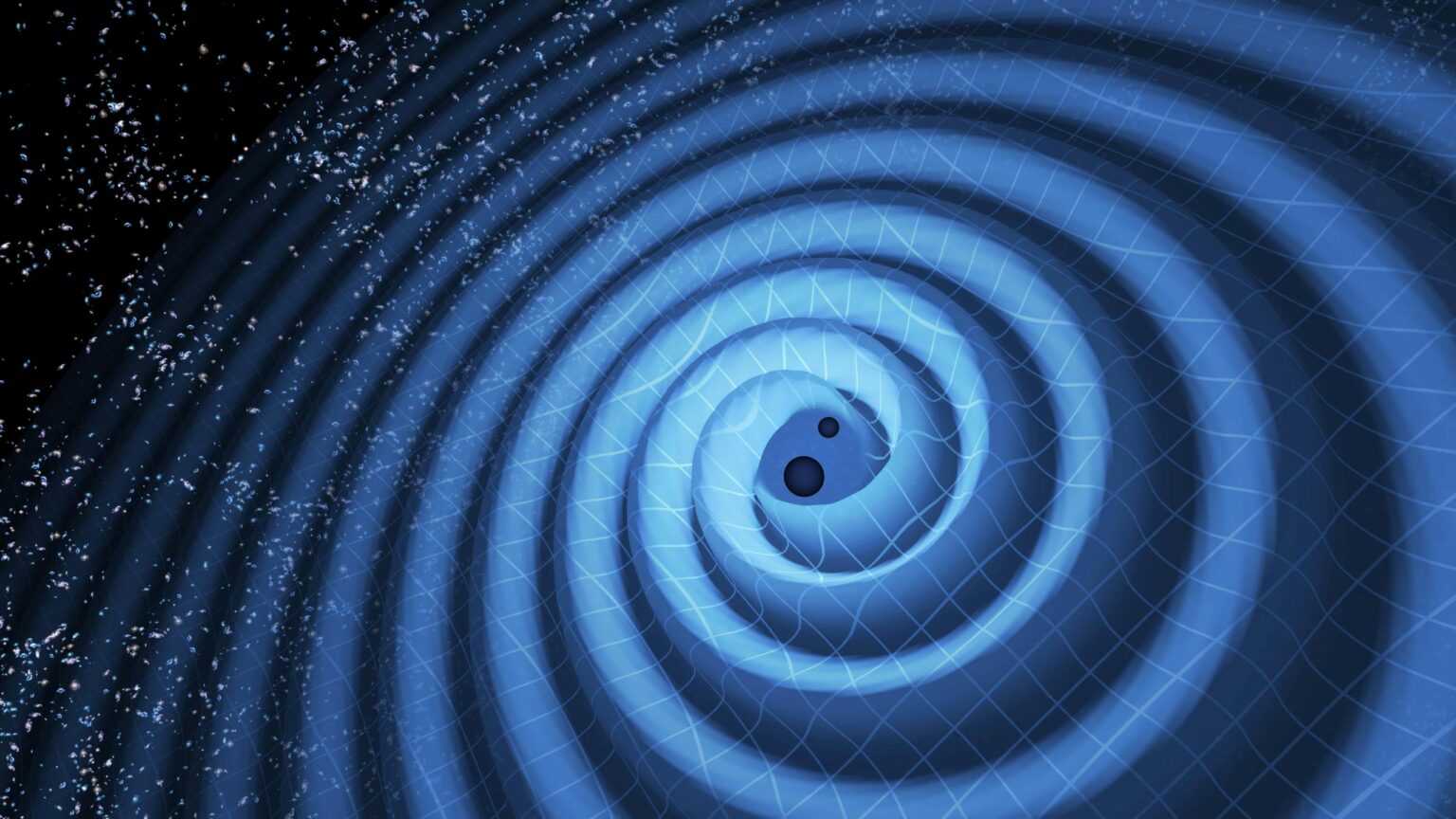The new GOTO observatory will be able not only to detect gravitational waves, but also to quickly send arrays of antennas to them. Thanks to this, it will finally be possible to see the events that give rise to this phenomenon.

New combined observatory
Scientists from the University of Warwick in the UK and Monash University in Australia are creating a new tool for studying gravitational waves. It will be called Gravitational-wave Optical Transient Observe (GOTO). Scientists have already received 3.2 million pounds from the British Council from the British Council for Scientific and Technical Facilities.
The new telescope will consist of two identical observatories, one of which will be located on the Canary Islands, and the other on the opposite side of the globe, in Australia. Each set of instruments will be based on a laser stand for detecting gravitational oscillations similar to what is currently used at the LIGO Observatory.
But in addition, each of the stations includes two mounts with telescopes. On each of them there are eight relatively small 40-centimeter devices. They can work together and are fully robotic in order to autonomously aim at a specific object in the sky. It is expected that this system will begin its observations in 2023. It is also interesting that it is not the only project of the gravitational-wave observatory that has appeared recently.
How to see the sources of gravitational waves?
Gravitational waves have nothing to do with electromagnetic waves. It’s just a distortion of space propagated by the universe. And although the first such phenomenon was registered back in 2015, what happens to its source, at this moment we still do not know. For this, scientists need to quickly figure out where to look and point the telescope there.
And it is this task that GOTO will finally be able to solve. LIGO took 11 hours to establish the source of the first recorded gravitational waves. Scientists expect that the new observatory will cope in a few minutes.
A long base between two stations will allow determining exactly where they need to look. And robotic systems will deploy telescopes to the desired point. All 32 instruments located on two opposite sides of the planet will work together and their images will add up as in an event horizon Telescope.
Thus, scientists plan to see those short-term phenomena in the electromagnetic spectrum that accompany the merger of black holes, pulsars and giant stars.
According to phys.org
Follow us on Twitter to get the most interesting space news in time
https://twitter.com/ust_magazine
